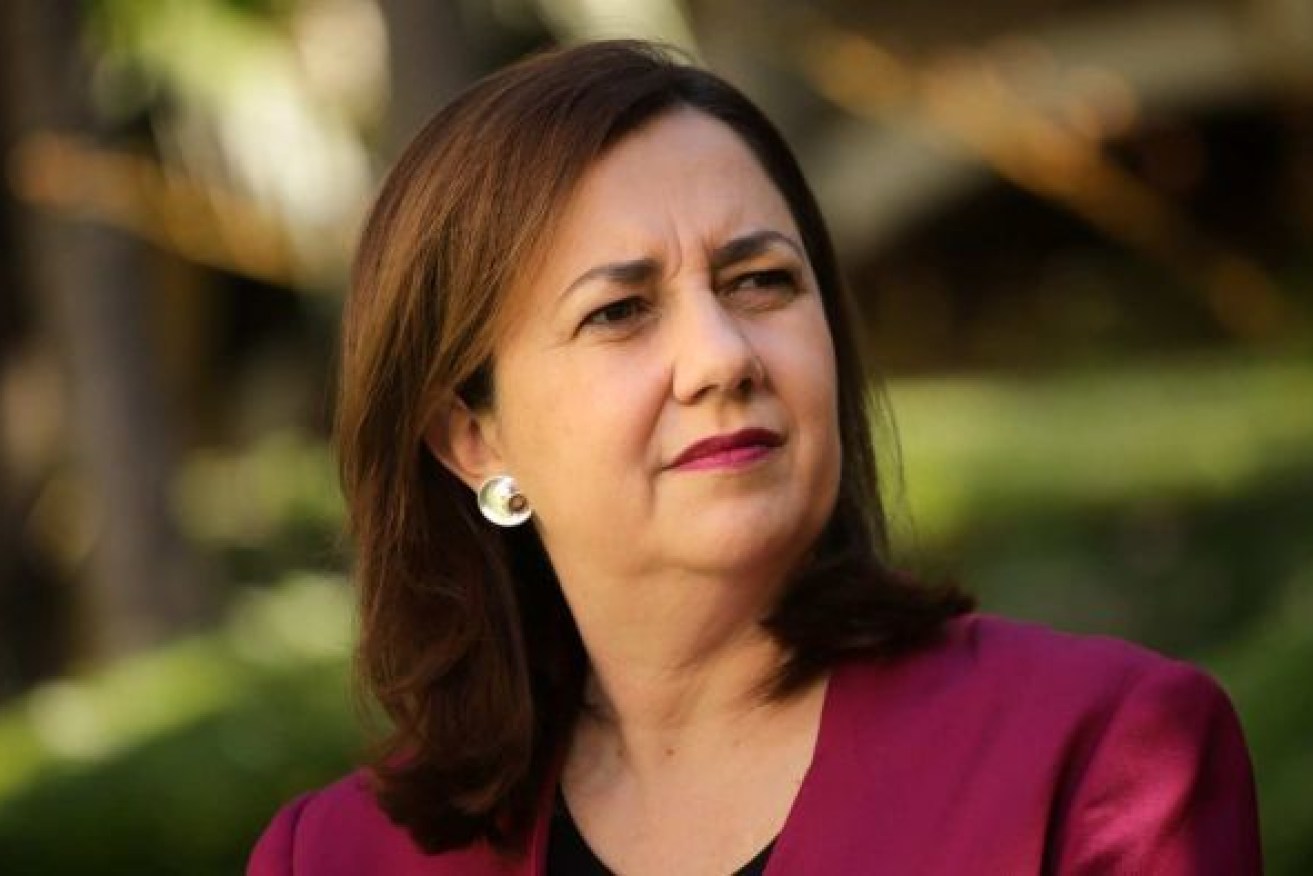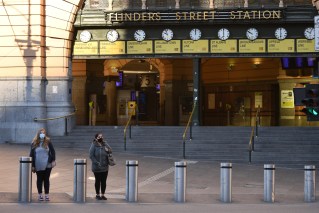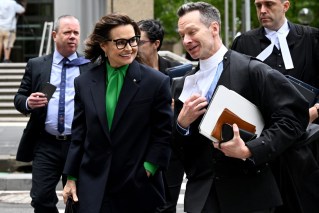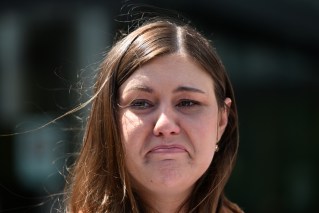Turning negative tests into a positive: Premier’s shot at changing the narrative
After weeks of delivering warnings and bad news, you cannot blame the Premier for talking up this week’s positive pandemic results, writes Dennis Atkins


At the moment, all the breaks are going the way of the Queensland Premier. (Photo: ABC)
Queensland Premier Annastacia Palaszczuk looked liberated at the beginning of this week when she relayed the news that the state had no new infections of COVID-19 in the previous 24 hours – the first time she could say that in just under a month and a half.
Clearly buoyed by the positive outlook, Palaszczuk was able to talk up dealing with the virus in the weeks and months ahead, saying if these daily outcomes continued over time there could be a staged relaxation of the social and economic restrictions.
It was the tonic the Premier needed and allowed Palaszczuk to pivot her message to give her a new way to reconnect with Queenslanders. That one day of good news was dampened a little today with the latest report of six new infections in the latest 24 hours.
While Palaszczuk rejects criticism she’s attracted in the past few weeks – including in this column last week – there’s no doubt she was being marked down. Two opinion polls last week put Queensland at the bottom of a table of how states were handling COVID-19.
Since then there’s been a turnaround, with the new Essential poll published in The Guardian today showing the positive rating for Queensland’s performance in coping with the virus jumping from 52 per cent to 63 per cent and the wooden spoon being ceded to New South Wales.
Support for the Queensland Government’s performance is on a par with that of the Commonwealth, with Prime Minister Scott Morrison and his team getting a 65 per cent positive ranking.
The Queensland Premier will take some heart from other results in the Essential Poll on the public attitude to the current restrictions on social and economic activity.
Half of voters surveyed said it was too early to even think about lifting any restrictions and a further 14 per cent said they were happy to wait until the end of May – longer than the mid-May target being discussed by federal and state leaders this week.
As would be expected, the highest support for restrictions was among the elderly with 56 per cent of those aged over 55 happy with the current policies while only 37 per cent of people aged 18 to 34 satisfied with what’s been done on the social and economic front.
Palaszczuk has always been a cautious leader tending to risk aversion. She has shied away from bold economic moves such as selling public assets, something urged by business leaders and some public finance analysts.
Also, she resisted taking any strong action against her Deputy Jackie Trad despite a string of controversies surrounding the purchase of an investment property by the Treasurer and her husband. This failure to stand up to Trad coincided with a dramatic fall in what was previously a very high approval rating for the Premier.
The good news on the health front gives Palaszczuk an opportunity to turn what has been a negative story – telling people what they can’t do – into a positive, giving people hope that restrictions might be lifted on a staged basis, which could kick in more quickly than was thought before Easter.
There remains underlying public support and affection for Palaszczuk. She hasn’t been saddled with the deep antipathy former LNP premier Campbell Newman attracted soon after he won the 2012 election in a record landslide. Newman was tossed out of office after just one term after alienating just about every demographic group and regional part of Queensland.
The slump in Palaszczuk’s approval rating and the drop in her score as preferred premier is tied to the actions of Trad and reflects a disappointment in the public’s view of her rather than any definite antipathy.
Palaszczuk has an opportunity to reshape her image as the reconstruction and recovery Premier, plotting a reopening of the state economy under a sensible and staged timetable based on the health advice that has underpinned Queensland’s good performance in the first phase of dealing with the twin crises.
Palaszczuk could use the time before serious moves on lifting restrictions are taken – something that could kick in within two or three weeks – and construct an economic plan to help private enterprise get back to work and develop a statewide package of public works.
There is already a plan outlined by the Local Government Association of Queensland, costing $608 million and promising 14,000 jobs.
The LGAQ plan included a $200 million statewide jobs recovery program (half of which would be spent in the state’s southeast), a 3000-strong green army to protect and improve the environment and a local government apprenticeship and traineeship guarantee.
Given the billions being spent at all levels of government, the LGAQ plan is both affordable and well constructed and targeted.












